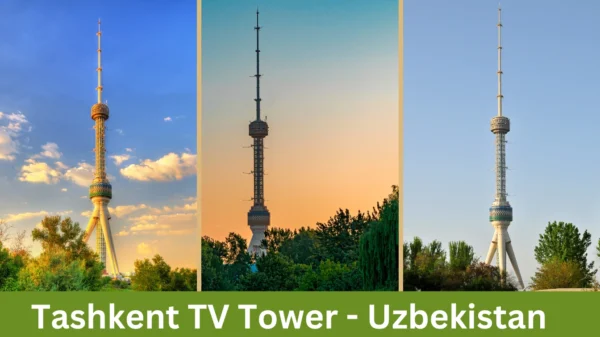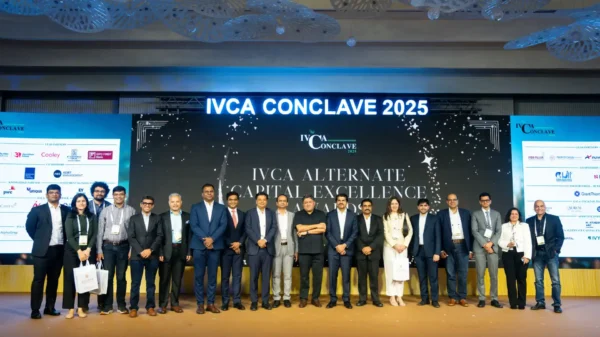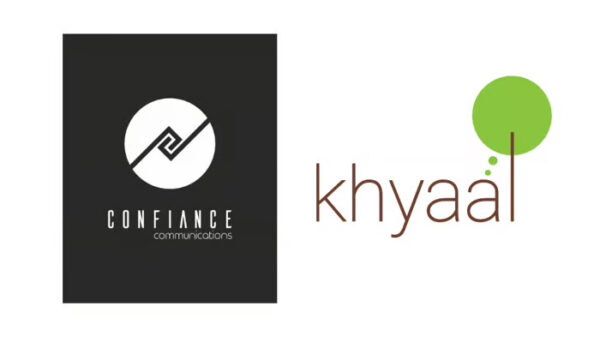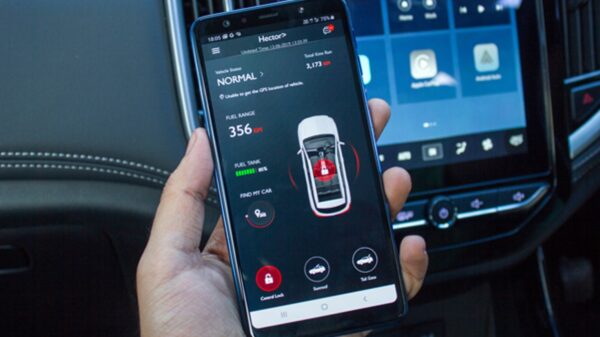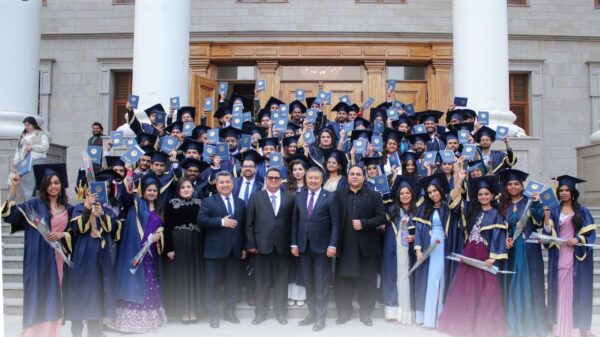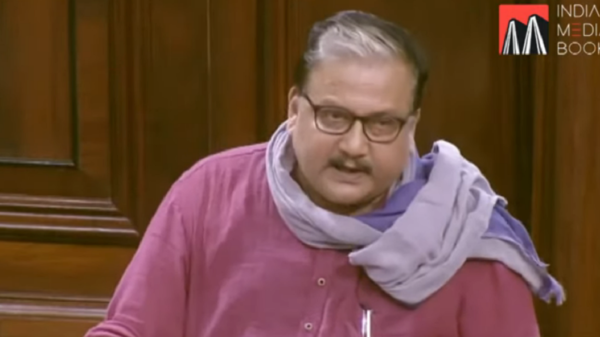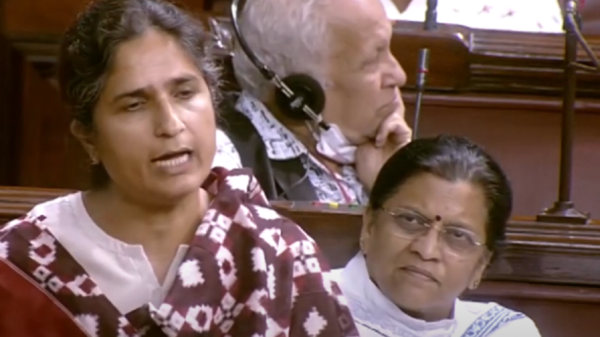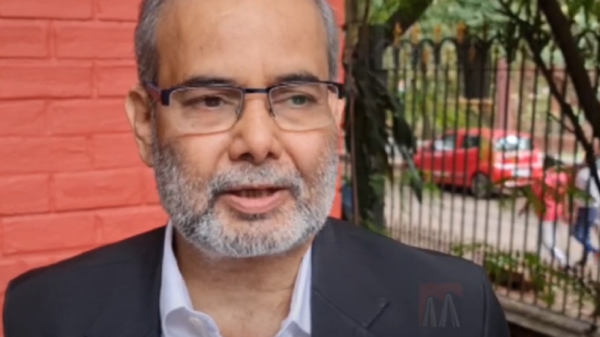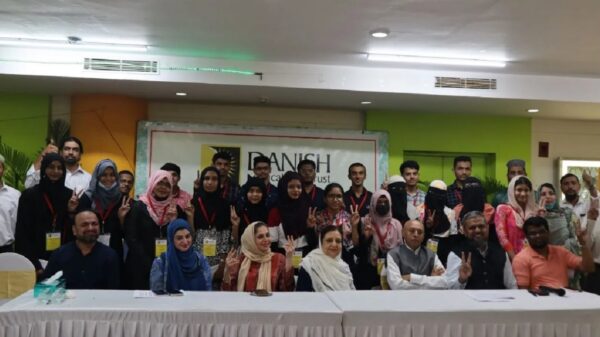New Delhi, May 16 ?Highway development has been in top gear on massive public spendings, but private sector appetite has remained tepid in the last four years of the NDA rule due to NPA-heavy public sector banks shying away from the sector.
Awarding large number of highway projects on the innovative Hybrid Annuity Model (HAM) and the popular EPC (Engineering, Procurement and Construction) contracting arrangement has given much-needed comfort to the crippled developers, but it was not enough to allow them to bid for the purely BOT (build-operate-transfer) projects.
Moreover, the shifting of financing risks from the private sector to the public sector (National Highway Development Authority or NHAI) has overstretched the latter’s balancesheet.
The government has largely awarded road projects on HAM and EPC, which are purely public-funded models. The NHAI on behalf of the government releases 40 per cent of the total cost for a HAM project, which was launched in early 2016, thus kick-starting the project. Only the remaining 60 per cent is arranged by the private developers. Under the EPC model, the entire funding comes from the government agency.
Together the two models have largely driven highway development in the country in the last four years.
But sector specialists now say that even the HAM model has been losing its steam due to banks becoming “very careful and choosy” while funding highway projects.
“The banks are still not convinced about the costing of a lot many highway projects. They are not throwing enough money which will revive the private sector appetite. The HAM projects have definitely taken care of the current liabilities of the developers and it keeps the machines running, but not beyond that,” said the chief of a private developer, wishing not to be named.
Vishwas Udgirkar, Partner at Deloitte India, agreed and said that the banking system was not supporting the road sector significantly.
“Private sector interest in the road sector has been limited because developers are in problem and the banks have higher NPA levels,” Udgirkar said.
The NHAI had awarded 7,400 km of road in fiscal 2018, with most of the projects being awarded in March. In all, 3,400 km of HAM projects were awarded in 2017-18.
In the first half of fiscal 2019, the NHAI awarded about 300 km road, mostly via HAM. Ever since the HAM was introduced, a total of about 130 projects have been awarded on this model and a combination of BOT (annuity) and EPC.
“About 35-45 per cent of the 120-plus projects awarded on HAM are yet to achieve financial closure,” said Sandeep Upadhyay, Managing Director and Chief Executive Officer, Centrum Infrastructure Advisory.
The reasons for the delay in fund tie-ups largely revolve around banks, but weak balancesheets of the private players and doubts about project costs too have contributed to it. There are investors who doubt if the NHAI would stick to its commitments given its overstretched balancesheet.
“Two years later when these projects get commissioned and repayment to banks start, there is the risk that NHAI would make sure that grant on the annuity amount comes. The risk perception is building in the market, leading to less projects getting financial closure,” said the chief executive of a firm working with various investors.
(IANS)








